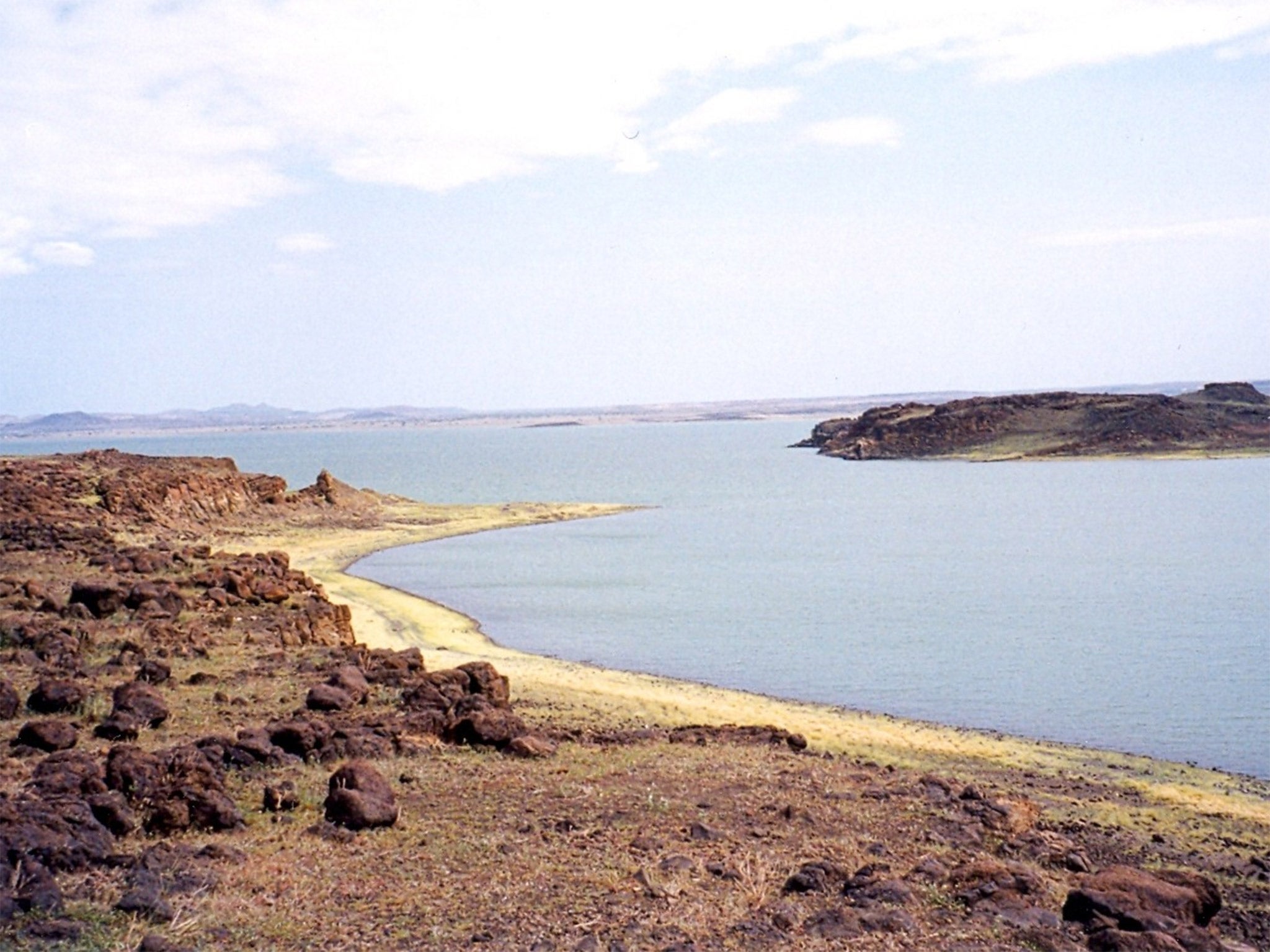Tools found near Lake Turkana in Kenya are world's oldest
They are about 700,000 years older than the previous record holder and are likely to have been made by Australopithecus, an ape-like ancestor of Homo sapiens

Your support helps us to tell the story
From reproductive rights to climate change to Big Tech, The Independent is on the ground when the story is developing. Whether it's investigating the financials of Elon Musk's pro-Trump PAC or producing our latest documentary, 'The A Word', which shines a light on the American women fighting for reproductive rights, we know how important it is to parse out the facts from the messaging.
At such a critical moment in US history, we need reporters on the ground. Your donation allows us to keep sending journalists to speak to both sides of the story.
The Independent is trusted by Americans across the entire political spectrum. And unlike many other quality news outlets, we choose not to lock Americans out of our reporting and analysis with paywalls. We believe quality journalism should be available to everyone, paid for by those who can afford it.
Your support makes all the difference.The world’s oldest tools – made by ancestors of modern humans some 3.3 million years ago – have been found in Kenya.
Stones had been deliberately “knapped” or flaked to make a sharp cutting edge, researchers said, according to Science magazine.
They are about 700,000 years older than the previous record holder and are likely to have been made by Australopithecus, an ape-like ancestor of Homo sapiens, or another species, Kenyanthropus.
Archaeologist Sonia Harmand, of New York’s Stony Brook University, told the annual meeting of the US Paleoanthropology Society: “The artefacts were clearly knapped and not the result of accidental fracture of rocks.”
About 150 flakes, the stones they were taken from and anvils on which the stones were placed while they were struck were found near Lake Turkana in Kenya.
In 2010, researchers in Dikika in Ethopia said they had found cut marks on animal bones that were 3.4 million years old, but their claim that this showed the use of tools was disputed.
The Homo genus is thought to have begun about 2.5 million years ago. Homo sapiens are thought to have evolved about 200,000 years ago.
Alison Brooks, an anthropologist at George Washington University in Washington state, said the discovery of the tools was “very exciting”.
“They could not have been created by natural forces… [and] the dating evidence is fairly solid,” she said.
Paleoanthropologist Zeresenay Alemseged of the California Academy of Sciences, one of the team that found bones at Dikika, said: “With the cut marks from Dikika we had the victim… Harmand’s discovery gives us the smoking gun.”
Join our commenting forum
Join thought-provoking conversations, follow other Independent readers and see their replies
Comments